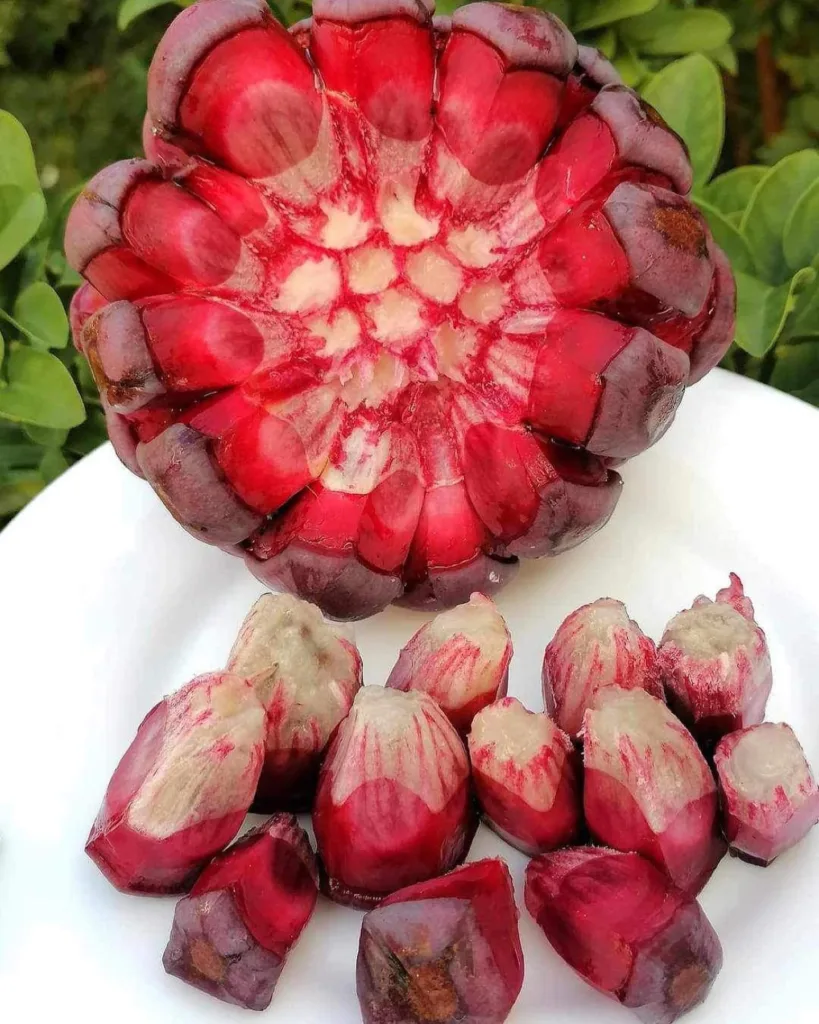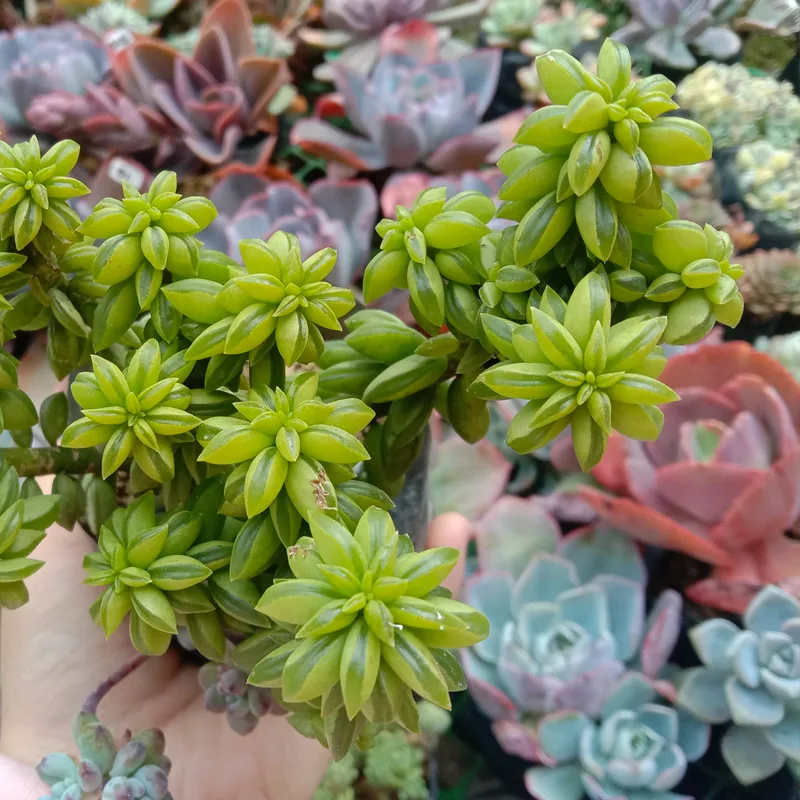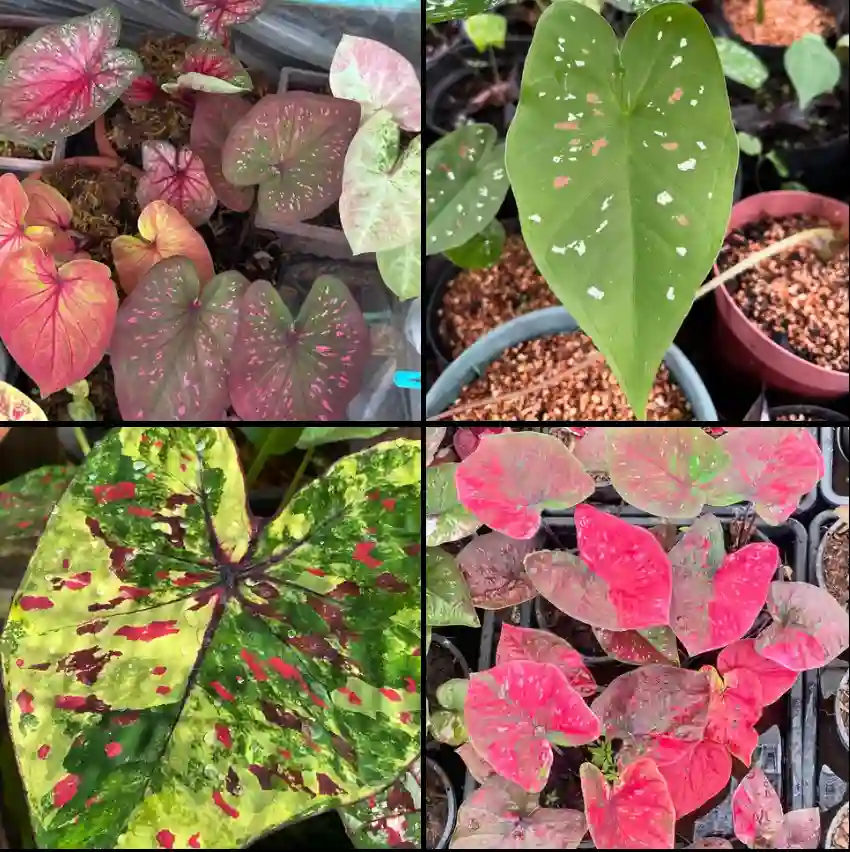Anthurium Pulcachense: The Velvet Jewel of Your Plant Collection
I’m Ferb Vu, and I’m here to answer your burning questions about the captivating Anthurium Pulcachense. This exquisite plant has stolen the hearts of collectors worldwide with its velvety texture, striking veins, and heart-shaped charm.
Whether you’re a seasoned plant enthusiast or a curious newcomer, this FAQ will equip you with the knowledge to cultivate a thriving Anthurium Pulcachense.
1327 Species in Genus Anthurium
What is Anthurium Pulcachense?
The Anthurium Pulcachense hails from the rainforests of Ecuador. It belongs to the Araceae family, sharing kinship with popular houseplants like Philodendrons and Monsteras.
This epiphytic wonder thrives by clinging to trees and branches in its natural habitat, absorbing moisture and nutrients from the air and surrounding debris.
Fun Fact: Anthurium Pulcachense was recently separated from its close relative, Anthurium Villenaorum. The key distinction lies in the leaf sheath (pτύxis, pronounced ptee-xis). In Pulcachense, the sheath rolls outwards (revolute), while Villenaorum has an inward roll (involute). Subtle, but significant for plant nerds!
What Makes Anthurium Pulcachense Special?
The Anthurium Pulcachense boasts a truly mesmerizing appearance. Here’s what sets it apart:
- Velvety Texture: Imagine running your fingers across plush velvet. That’s the luxurious feel of the Pulcachense’s foliage. The unique texture adds depth and drama to any indoor space.
- Striking Veins: A network of prominent silvery veins snakes across the rich green leaves, creating a captivating contrast. This visual interest makes the Pulcachense a standout.
- Heart-Shaped Leaves: The foliage boasts a classic heart shape, adding a touch of romance and whimsy to your plant collection.
Similar Beauties: While the Pulcachense reigns supreme in the velvet department, other Anthurium varieties offer unique aesthetics. Anthurium Crystallinum, for example, features a shimmering, almost crystalline texture on its leaves. Anthurium Clarinervium stuns with its deeply lobed, almost fern-like foliage.
How to care for Anthurium Pulcachense?
The Anthurium Pulcachense, while captivating, thrives with proper care. Here’s how to ensure it flourishes:
- Light: Think rainforest understory. Bright, indirect light is ideal. Avoid harsh, direct sunlight, which can scorch the delicate leaves.
- Humidity: Mimic its rainforest origins. Aim for moderate to high humidity levels (around 60-70%). Grouping plants together, using a humidifier, or placing your Pulcachense on a pebble tray filled with water can help.
- Watering: Don’t drown it, but don’t let it dry out completely. Water deeply when the top inch of soil feels dry to the touch. Allow for proper drainage to prevent root rot.
- Soil: A well-aerated, well-draining potting mix is crucial. Consider an orchid mix or aroid mix for optimal results.
- Temperature: Aim for warm temperatures between 65-80°F (18-27°C). Avoid sudden temperature fluctuations.
Tip: Fertilize your Anthurium Pulcachense monthly during the growing season (spring and summer) with a diluted balanced fertilizer.
Common Anthurium Pulcachense Issues: Prevention and Solutions
Even with proper care, occasional issues can arise. Here’s how to handle them:
- Brown Leaves: Often caused by underwatering, incorrect light levels, or low humidity. Adjust your watering schedule, provide brighter indirect light, or increase humidity.
- Yellowing Leaves: This could indicate overwatering, nutrient deficiency, or aging leaves. Check your watering routine, fertilize appropriately, and remove older, yellowing foliage.
- Pests and Diseases: Thankfully, the Pulcachense is relatively pest-resistant. However, keep an eye out for mealybugs or scale and treat them promptly with insecticidal soap or neem oil. Fungal diseases can occur with improper watering. Ensure good drainage and air circulation.
Remember: Early detection is key. Regularly inspect your plant to address any issues before they escalate.
Anthurium Pulcachense vs. Philodendron: A Tale of Two Velvet Beauties
Both the Anthurium Pulcachense and some Philodendron varieties boast a velvety texture, making them popular choices. Here’s a quick breakdown to help you decide:
- Light: Anthurium Pulcachense prefers brighter indirect light, while some Philodendrons can tolerate lower light levels.
- Humidity: Both require moderate to high humidity, but Anthurium Pulcachense might be slightly more sensitive.
- Growth Habit: Anthurium Pulcachense tends to be a slower grower compared to some Philodendrons.Toxicity: Keep in mind, all parts of the Anthurium Pulcachense are toxic to humans and pets if ingested. Philodendrons share this characteristic, so exercise caution in households with children or curious animals.
Ultimately, the best choice depends on your preferences and living conditions. If you can provide bright indirect light and maintain moderate to high humidity, the Anthurium Pulcachense will reward you with its captivating beauty. If lower light is unavoidable, a Philodendron might be a more forgiving option.
Propagation: Sharing the Velvet Love
The good news is that you can propagate your beloved Anthurium Pulcachense to create new plants. Here are two common methods:
- Stem Cuttings: Take a healthy stem section with at least one node (where the leaf meets the stem). Plant it in a well-draining potting mix and maintain high humidity. Patience is key, as root development can take several weeks.
- Division: If your Pulcachense has multiple crowns, you can carefully divide it into separate plants. Ensure each division has healthy roots and foliage to thrive independently.
Sharing tip: Propagated Anthurium Pulcachenses make fantastic gifts for fellow plant enthusiasts!
Conclusion: Embrace the Velvet Obsession
The Anthurium Pulcachense is a captivating addition to any plant collection. With its luxurious texture, striking veins, and heart-shaped charm, it adds a touch of elegance and intrigue to your indoor space. By understanding its needs and providing proper care, you can cultivate a thriving specimen that will reward you with its enduring beauty for years to come.
So, are you ready to embrace the velvet obsession? With the knowledge you’ve gained from this FAQ, you’re well on your way to becoming a proud owner of a magnificent Anthurium Pulcachense.
If i die, water my plants!



